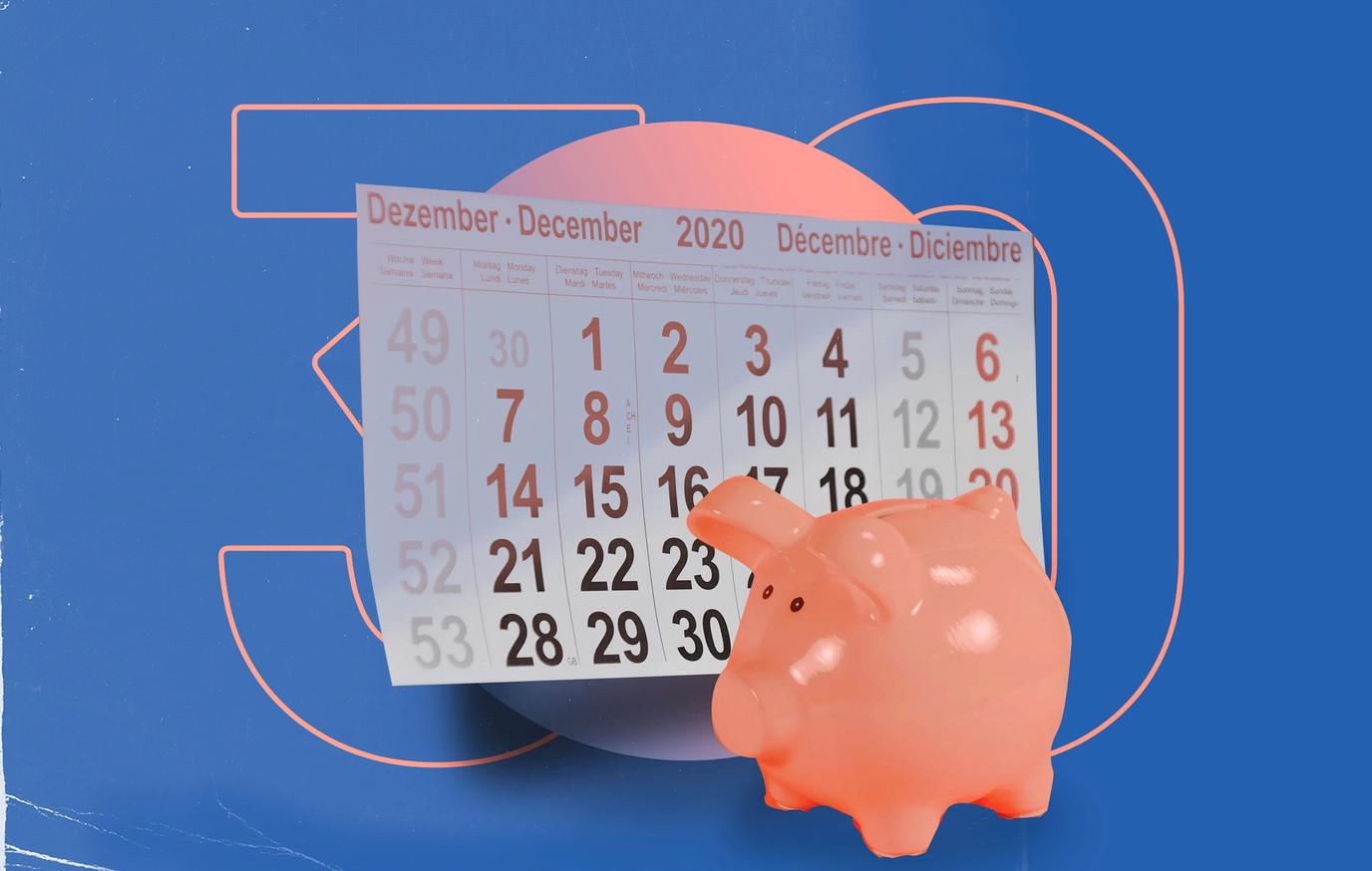
Rounding it up
The 30 day savings rule is simple: the next time you find yourself considering an impulse buy, stop yourself and think about it for 30 days.
If you still want to make that purchase after those 30 days, go for it.
This rule works because by forcing yourself to wait on all your non-essentials, you remove the emotions from your spendings.
Integrate the 30 day savings into your finances by identifying your needs versus wants, setting up a savings account, and creating an entertainment fund.
Saving money isn’t easy. But it doesn’t have to be hard. Whether you’re trying to save up for a home or start up a rainy day fund, setting aside a chunk of your paycheque each month to put toward your savings can be challenging, to say the least. Even if you do try to limit your spending, impulse purchases can quickly take a toll on your bank account.
One solution? The 30 day savings rule.
Yep, that’s right. The 30 day savings rule is a simple, easy-to-follow strategy that can help you cut your impulse spending and increase your savings. Coming right up, we’ll introduce you to the wonders of the 30 day savings rule and help you find ways to integrate it into your financial life.
What is the 30 day savings rule?
The 30 day savings rule is a simple financial trick that can help anyone improve their money management techniques.
Using this rule is pretty straightforward. The next time you find yourself thinking about making an impulse purchase or simply buying something that you don’t need, close your browser window or walk out of the store because you’re not going to buy that item. Well, not yet, anyway.
With the 30 day savings rule, you defer all non-essential purchases and impulse buys for 30 days. Instead of spending your money on something you might not need, you’re going to take 30 days to think about it.
At the end of this 30 day period, if you still want to make that purchase, feel free to go for it. Alternatively, if you totally forget about that purchase or you decide that it wasn’t worth it, you’ll have saved yourself a chunk of change as you work toward your financial goals.
Pretty easy, huh?
"Instead of spending your money on something you might not need, you’re going to take 30 days to think about it."
Why the 30 day savings rule really does work
If this all sounds too good to be true, think again. The 30 day savings rule really does work to help you save money.
In fact, what makes the 30 day savings rule so special is its simplicity. By forcing yourself to wait on all your non-essential purchases, you take emotions out of your spending so you can maximize your savings.
Of course, the rule only works if you stick to your convictions and wait the entire 30 day period. If you do manage to follow through with the plan, though, you’ll almost always find that you save money using this strategy.
That’s because the 30 day savings rule simply stops us from spending money impulsively on things that don’t actually make us happy or serve any real purpose. Although we often think that we need to have a complex multi-tiered investment plan in order to build our savings, sometimes all we need is to put a limit on our own spending.
While you’ll certainly want to follow a reasonable budget and stay on top of your spending habits by tracking your spending in the KOHO app, you’ll be surprised at how much easier it is to live within your means when you delay impulse purchases by 30 days.
How to use the 30 day savings rule to build your savings
Interested in using the 30 day savings rule to become a money-saving guru? Here are 3 steps you can take to integrate this simple savings plan into your day-to-day life.
1. Identify needs vs wants
Any newcomer to the 30 day savings rule needs to start by identifying essential and nonessential purchases so you can figure out what is and isn’t an actual necessity.
Take a few minutes to make a list of your monthly expenses. Then, make a mental note to yourself that these purchases all get instant approval under your new savings plan. Everything else can get categorized as a “want” and will be subject to the 30 day savings rule.
Later on, while you’re out in the world shopping, you’ll need to think about whether your potential purchase is a want or a need and make your spending decisions accordingly. If you're considering an impulse purchase, simply put your wallet away and save your money for another day.
2. Have a savings account ready to go
One of the best parts about the 30 day savings rule is that it allows you to build your savings (and accrue interest!) while you wait to see if that pair of shoes or new smartphone is actually worth your hard-earned money.
Although you could just leave your money sitting in your regular ol’ bank account as you make your decision, setting aside your money in a TFSA, RRSP, or other high-interest savings account can help you accrue interest in the meantime.
To make things even simpler, soon enough you’ll be able to set up KOHO Save and turn your entire KOHO account into an interest-producing machine. That way, all of the money that you don’t spend can actually make you money in the short-term.
"If you're considering an impulse purchase, simply put your wallet away and save your money for another day."
3. Set up an entertainment fund
If the thought of having to wait 30 days to make every non-essential purchase sounds a little daunting, we understand.
In reality, waiting a month to decide if you actually want to purchase something is a solid strategy for larger splurges, like a new computer or a vacation, but not for smaller expenses, like a night at the movies.
Putting too many limits on your spending habits can actually make it harder to stick to your spending resolutions. While the 30 day savings rule is great for those big ticket items, consider setting up an entertainment fund for little expenses that you can dip into whenever you’d like - guilt-free.
Your entertainment fund can be as big or small as you’d like, but we’d recommend budgeting only a modest sum each week to ensure that your fun doesn’t detract from your savings.
If you don't quite have enough wiggle room in your monthly budget to accommodate an entertainment fund, try setting aside your cash back earnings and RoundUps for this purpose. It might not seem like a lot now, but if you take advantage of the cash back benefits that come with your KOHO account, you’ll be surprised how much you can save.
Wait 30 days and watch your savings grow
It might all sound too good to be true, but waiting 30 days before you make an impulse purchase can save you a whole lot of money in the short term.
When used in conjunction with a solid budgeting plan and the great savings tools that come with your KOHO account, the 30 day savings rule can make a big difference as you work toward your financial goals.

About the author
Gaby Pilson is a writer, educator, travel guide, and lover of all things personal finance. She’s passionate about helping people feel empowered to take control of their financial lives by making investing, budgeting, and money-saving resources accessible to everyone.
Read more about this author